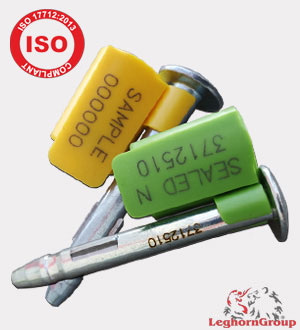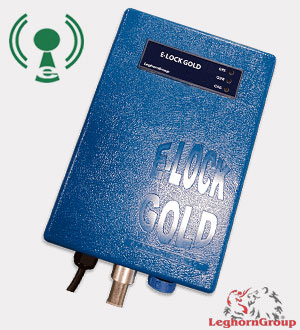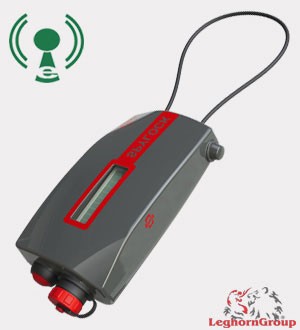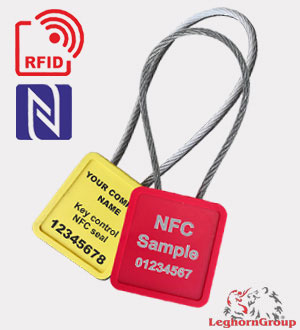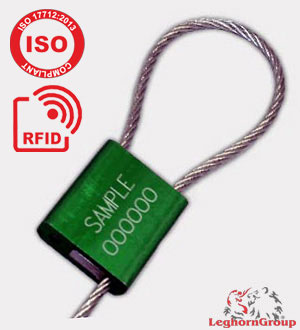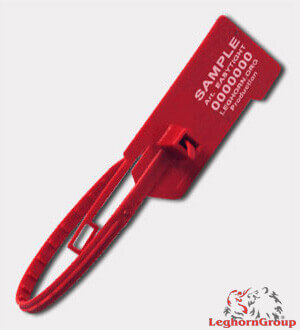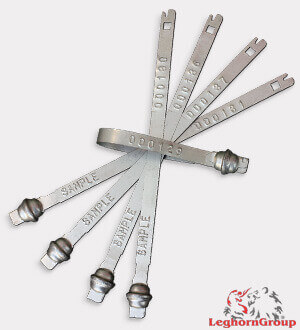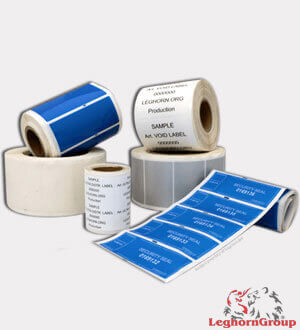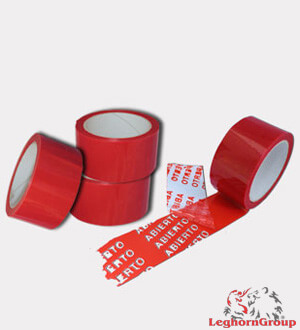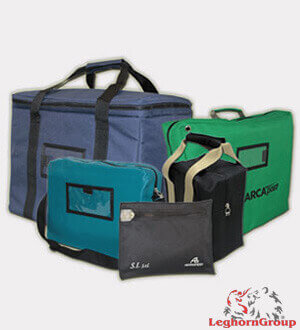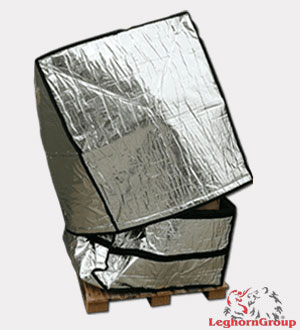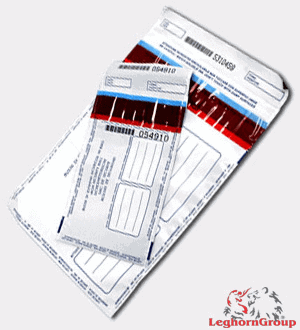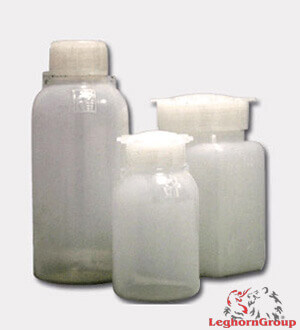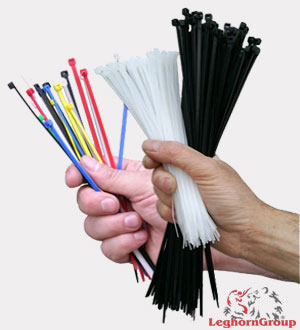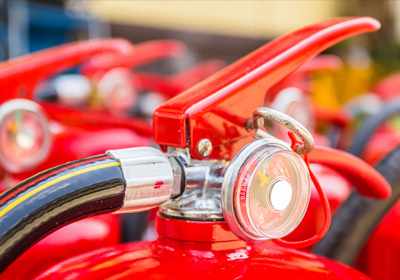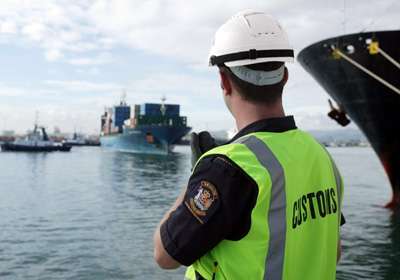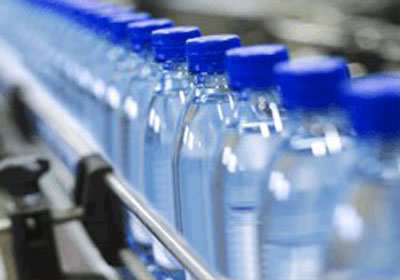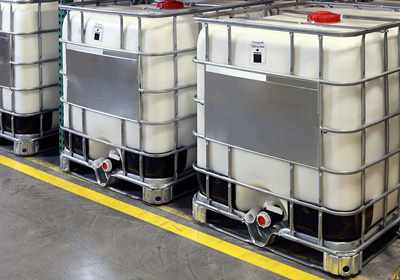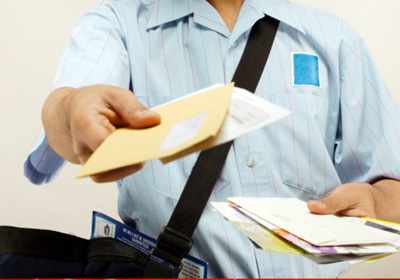security seals
Founded in 1978, LeghornGroup is a trusted leader in the design and production of security seals and asset protection systems. With decades of expertise, the company provides tailored solutions to the logistics, shipping, and supply chain sectors, including state-of-the-art Internet of Things (IoT) integrations.
Security seals are essential for safeguarding facilities, warehouses, containers, and a wide range of industrial environments. With LeghornGroup products, you can effectively prevent unauthorized access, ensure product safety, and simultaneously protect against theft and counterfeiting.
With a strong international presence, LeghornGroup operates 8 commercial branches and 3 advanced manufacturing plants, producing both plastic and metal security seals. Globally recognized, LeghornGroup is at the forefront of developing RFID-enabled security seals, offering innovation and reliability for modern cargo and asset tracking.
Our high-security seals meet ISO 17712:2013 standards and undergo rigorous testing by our technical team to resist tampering attempts. Each seal is engineered to provide visible evidence if any unauthorized access is attempted.
New RFID security seals
Why LeghornGroup's Patented Three-State RFID Electronic Security Seals will revolutionize Transport & Logistics:
Enhanced operational efficiency and process automation – optimizing resources and capital.
Compliance with trade single window systems, e-commerce regulations, and risk management protocols.
A higher level of security – no seal replicas can be made.
Introducing a new level of innovative security
![]()
![]()
![]()
![]()
What are security seals, anyway?
Security seals are commonly used to protect containers, trucks, chemical drums, airline duty-free carts, tanks with different types of fluids, fashion items sold online, utility meters, bags, access control, money, valuables in transit, that is to say for all human activities that need to be controlled to prevent tampering.
To sum up, security seals are widely used are widely used to help fight robbery, sabotage, vandalism, terrorism and contraband.
Why Are Security Seals Essential?
Security seals act not only as physical barriers against unauthorized access but also provide traceability, transparency, and assurance that products have remained tamper-free during transportation. In both national and international trade, their significance continues to grow daily, as they help you to:
- Prevent theft and tampering of valuable or sensitive products.
- Comply with international regulations and security measures in transportation.
- Ensure authenticity and accountability throughout the supply chain.
- Expedite customs procedures and simplify controls, reducing operational time and costs.



